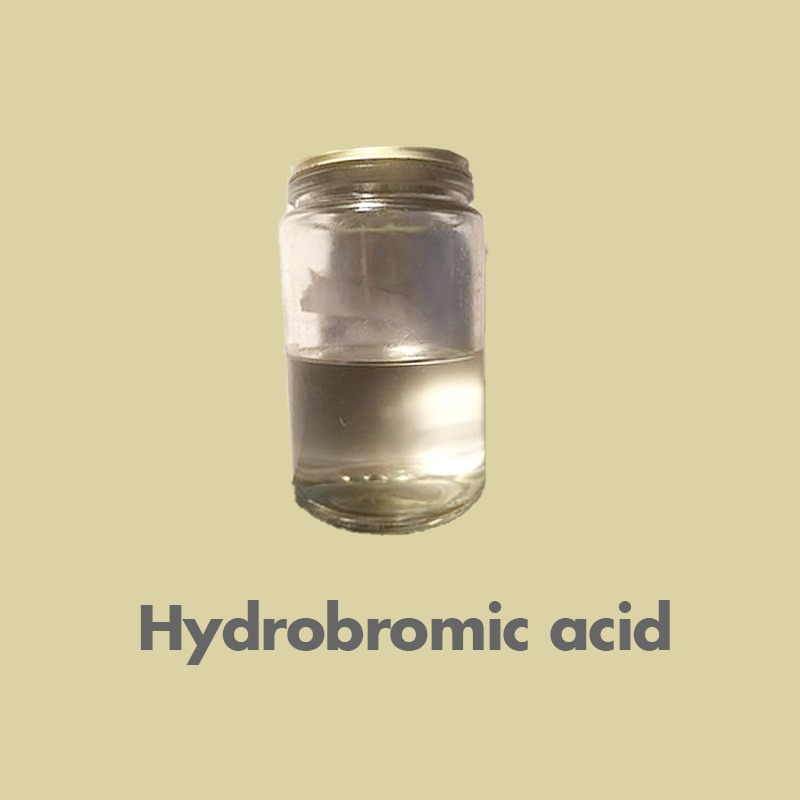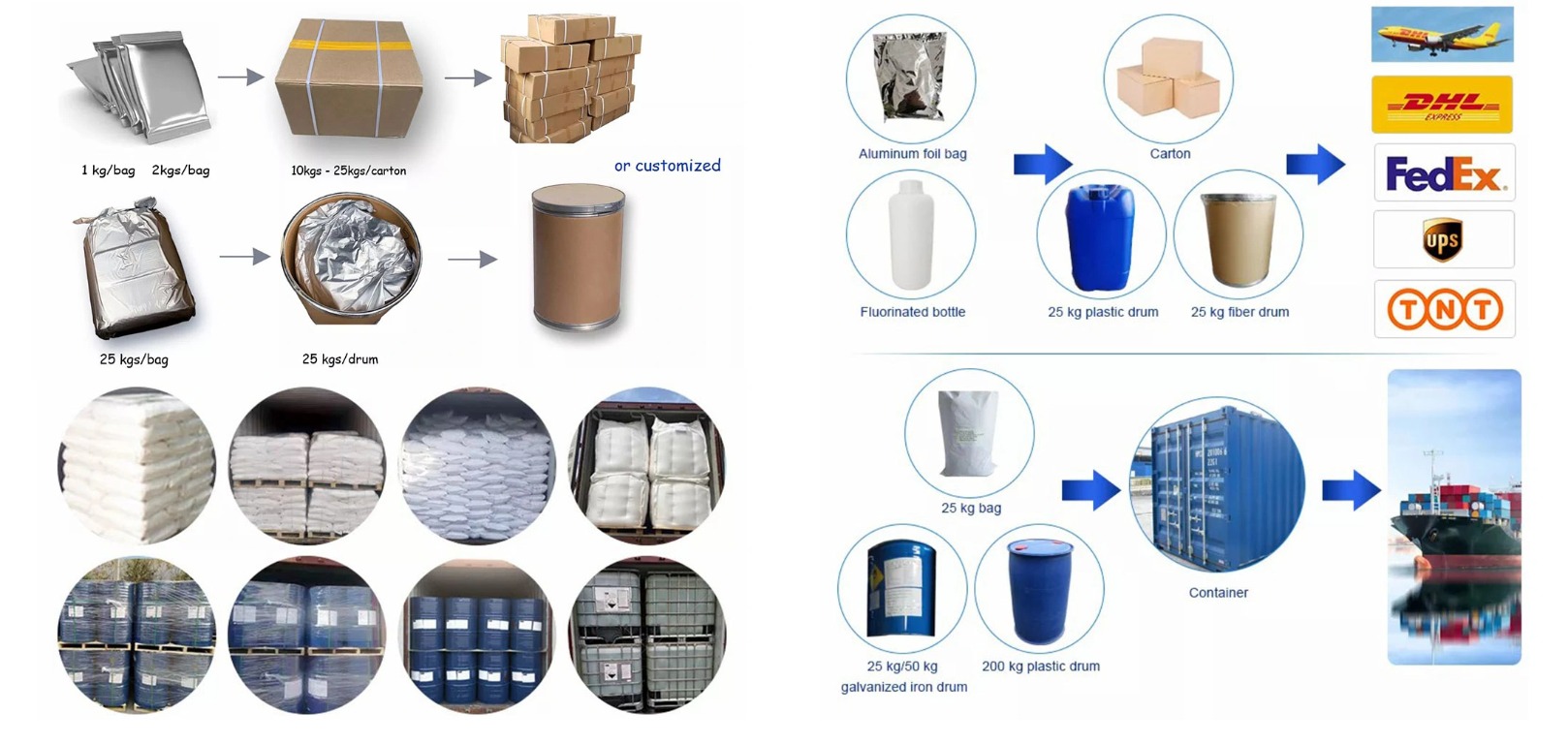


Hydrobromic acid is a strong acid formed by dissolving the diatomic molecule hydrogen bromide (HBr) in water. "Constant boiling" hydrobromic acid is an aqueous solution that distills at 124.3 °C (255.7 °F) and contains 47.6% HBr by mass, which is 8.77 mol/L. Hydrobromic acid has a pKa of −9, making it a stronger acid than hydrochloric acid, but not as strong as hydroiodic acid. Hydrobromic acid is one of the strongest mineral acids known.
Hydrobromic acid is mainly used for the production of inorganic bromides, especially the bromides of zinc, calcium, and sodium. It is a useful reagent for generating organobromine compounds. Certain ethers are cleaved with HBr. It also catalyzes alkylation reactions and the extraction of certain ores. Industrially significant organic compounds prepared from hydrobromic acid include allyl bromide, tetrabromobis(phenol), and bromoacetic acid. HBr almost uniquely participates in anti-Markovnikov hydrohalogenation of alkenes. The resulting 1-bromoalkanes are versatile alkylating agents, giving rise to fatty amines and quaternary ammonium salts.
Hydrobromic acid info:
| Names | |
|---|---|
| Other names
Hydronium bromide
|
|
| Identifiers | |
| ChEBI | |
| ChEMBL | |
| ChemSpider | |
| EC Number |
|
| 620 | |
| KEGG | |
|
PubChem CID
|
|
| RTECS number |
|
| UNII | |
| UN number | 1048 1788 |
| Properties | |
| HBr(aq) | |
| Molar mass | 80.91 g·mol−1 |
| Appearance | colorless liquid (impure samples can appear yellowish) |
| Odor | acrid |
| Density | 1.49 g/cm3 (48% w/w aq.) |
| Melting point | −11 °C (12 °F; 262 K) (47–49% w/w aq.) |
| Boiling point | 122 °C (252 °F; 395 K) at 700 mmHg (47–49% w/w aq.) |
| 221 g/100 mL (0 °C) 204 g/100 mL (15 °C) 130 g/100 mL (100 °C) |
|
| Acidity (pKa) | −9[1] |
| Viscosity | 0.84 cP (−75 °C) |
| Thermochemistry | |
|
Heat capacity (C)
|
29.1 J/(K·mol) |
|
Std molar
entropy (S⦵298) |
198.7 J/(K·mol) |
|
Std enthalpy of
formation (ΔfH⦵298) |
−36.3 kJ/mol |
| Hazards | |
| GHS labelling: | |
  |
|
| Danger | |
| H314, H335 | |
